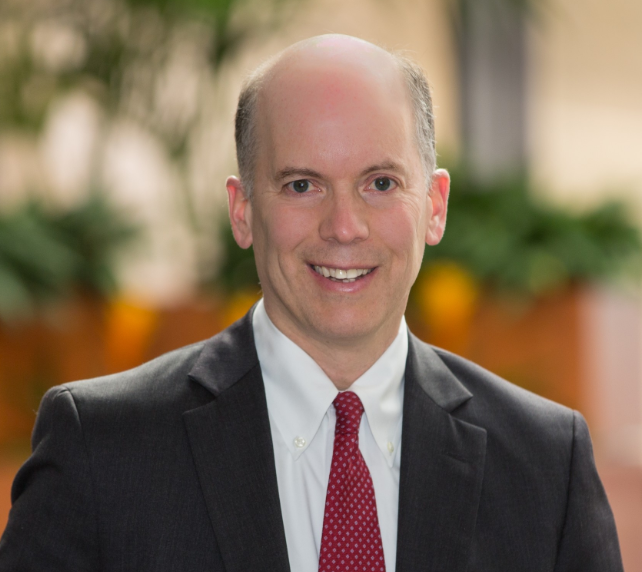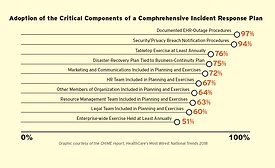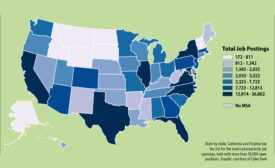Home » security risk management
Articles Tagged with ''security risk management''
Are Employees the Weakest Link in the Fight Against Cyber Vulnerabilities?
Read More
Has Cybersecurity Become the Definition of Insanity?
After years of breaches, stolen data, CIO/CISO resignations and huge impacts to business reputation, it’s time for the industry to rethink its approach to network security.
December 6, 2018
Selling Your Security Guard Company?
Enlisting a broker on your side ensures you know the market and make rational decisions
December 1, 2018
2018 Guarding Report: Changing Times for the Guarding Industry
How enterprises are working to boost pay and training for security officers, in addition to considering options like K-9s and robots.
December 1, 2018
Healthcare Organizations Falling Behind on Cyber Risk Management
Only 29% of healthcare organizations report having a comprehensive security program in place.
December 1, 2018
Global Cybersecurity Workforce Gap Expands to 2.9 Million
Fifty-nine percent of cybersecurity professionals say that the widening workforce gap puts their organizations at risk.
December 1, 2018
Who's Responsible for Cloud Security?
Cloud security is a shared responsibility. Consider these three key questions before outsourcing.
December 1, 2018
Changing Cultures, Changing Security at FM Global
National crises like 9/11 and the Virginia Tech shootings compelled Whit Chaiyabhat into a career of public service and risk management advocacy.
December 1, 2018
Sign-up to receive top management & result-driven techniques in the industry.
Join over 20,000+ industry leaders who receive our premium content.
SIGN UP TODAY!Copyright ©2024. All Rights Reserved BNP Media.
Design, CMS, Hosting & Web Development :: ePublishing











